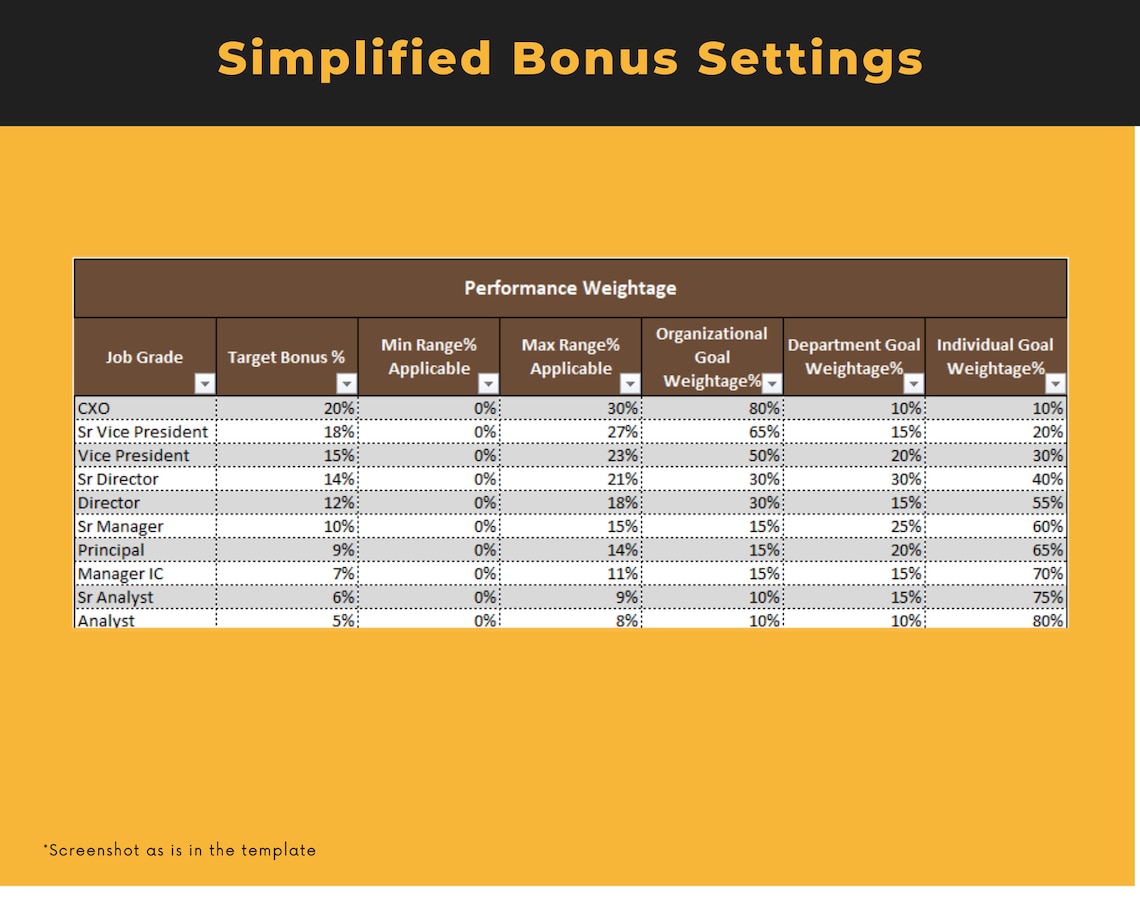Price:Rp 69
TOTO33 | Situs Link Resmi Slot Gacor Sejak 2008 Cus Sini Daftar
TOTO33 Temukan pengalaman bermain terbaik di Situs Link Resmi Slot Gacor Sejak 2008, platform terpercaya yang telah beroperasi lebih dari satu dekade dengan reputasi solid dan ribuan pemain aktif setiap harinya. Dengan sistem permainan yang stabil dan peluang menang tinggi, situs ini menjadi pilihan utama bagi pencinta slot online sejati.
You can only make an offer when buying a single item
Highlights
"Tak berguna di mata mereka, tapi cukup di mataku."
4.9 out of 5
(618 reviews)
All reviews are from verified buyers
Reviews for this shop
Belum lima menit, layar sudah hujan scatter. Server Thailand-nya bener-bener niat!
Putaran lembut, bayarannya galak. Kombinasi idaman.
Sepasang spin, saldo meroket. Kayak ada magnet di payline.








